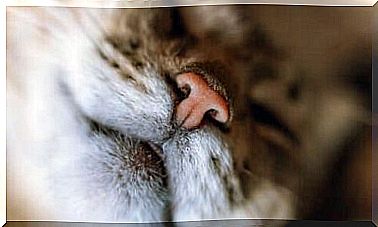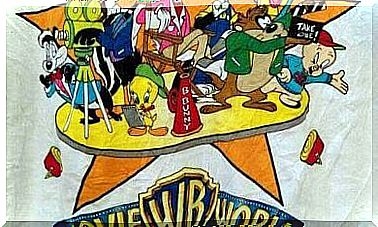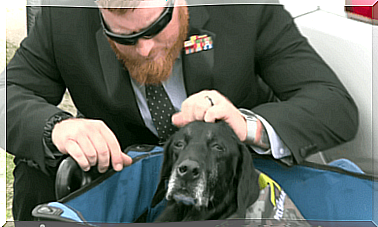Theories On The Origins Of The Dog
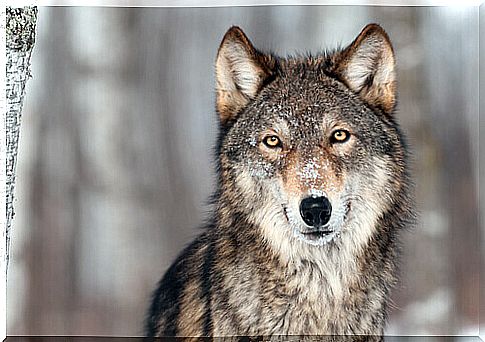
Considering the close relationship between man and dog, it is very difficult to imagine a period in which there has not been. Over the years, scholars from various disciplines have researched the origins of the dog and how it may have come close to humans.
Some data about the origins of the dog
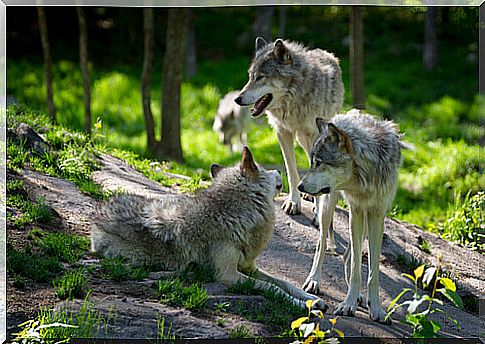
The theories considered were different. Initially, the analysis of the physical and behavioral characteristics suggested that the ancestors of our four-legged friends could be found among different species :
- Coyote
- Jackal
- Wolf
However, advances in genetics dispelled all doubts: only dogs and wolves have a genetic similarity of 99.8%.
“Even the smallest poodle or chihuahua is still a wolf at heart”
Dorothy Hinshaw Patent
One origin, many races
Few animal species have as many morphological variations as dogs. There are hundreds of dog breeds and the differences are notable in terms of:
- Weight
- Dimensions
- Color
- Type of coat
- Behavior
- Physical predisposition
But how did wolves come to be dogs as we know them today? The answer comes from domestication.
From the ancient wolf to the current dog
Domestication is defined as the process in which a living being modifies its genetic structure to adapt to the environment created by the human being.
Although most domestic animals are herbivores (horses, cows, sheep), the wolf appears to be the first carnivorous animal to have adapted to the company of humans. And what’s more, it did so “voluntarily”.
Thus, these first wolves that came close to humans, gave rise to today’s dogs, through coexistence and targeted selection.
An ancient relationship
So we can’t help but wonder: when did the bond between man and the tamed wolf-dog begin?
Researches have found traces of this relationship already in the middle Paleolithic, about 40 thousand years ago.
There are also paleontological findings of wolf bones alongside the remains of hominids that date back to 200,000 years ago. However, to date it is not possible to determine with certainty the moment when the wolves allowed themselves to be tamed and when we can begin to consider them as dogs.
Mutual benefits
The bond between man and primitive dog was not tightened following submission, as was the case with most domestic species. In this case, it was a relationship of mutual interest.
The first dogs guarded the villages and collaborated in hunting. In return, the man granted him protection against other predators and easy food, made from the leftovers of the animals that the dogs had helped to catch.
During the domestication process, the less aggressive specimens with greater propensity to contact with humans were certainly selected, thus obtaining today’s dogs from the ancient wolves.
Coppinger’s theory
The biologist Raymond Coppinger, on the other hand, is convinced that the origin of the dog is the result of natural selection and not of human intervention. In fact, he claims that no one has ever been able to tame a wolf more than two weeks old.
He believes that after the formation of the first villages in the Stone Age, animal remains and waste began to accumulate which attracted the wolf in search of food.
In this way, the wolves that came closest to humans began to transform, until the appearance of an animal known as the proto-dog.
Characteristics of the proto-dog
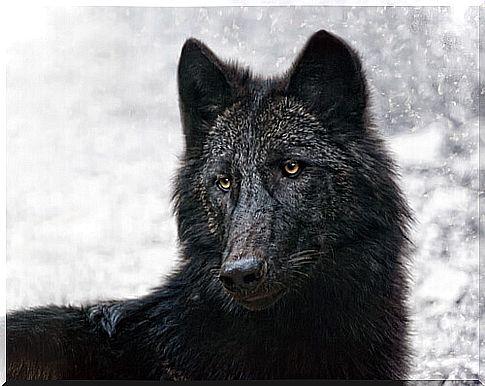
Among the main changes that took place and that led these wolves to become dogs we remember:
- Reduction in the size of the skull, brain and body.
- Shortening of the muzzle.
- Disappearance of predator teeth
According to Coppinger’s theory, the first humans therefore domesticated an animal that was no longer a wolf, but a dog. At this point it began its rapid evolution up to the current dog varieties.
